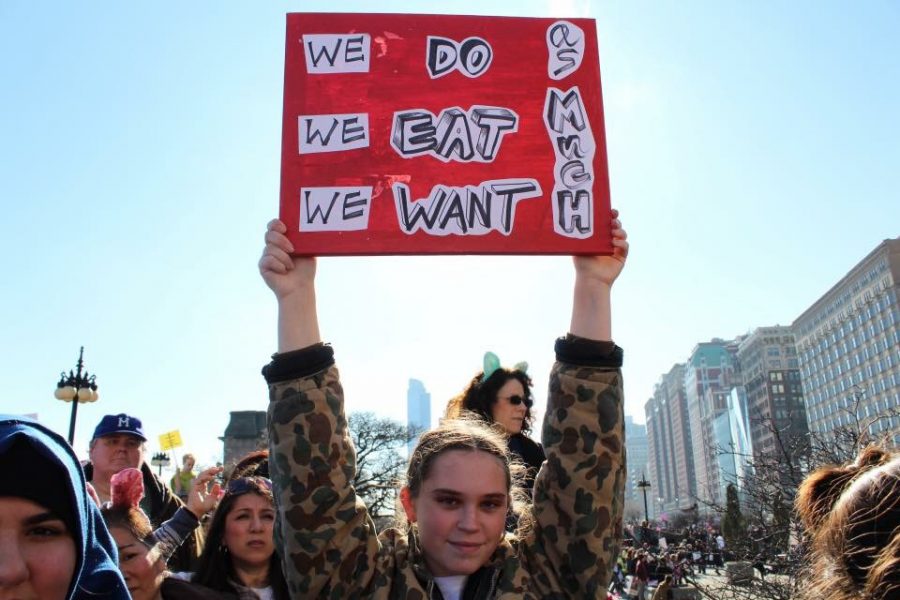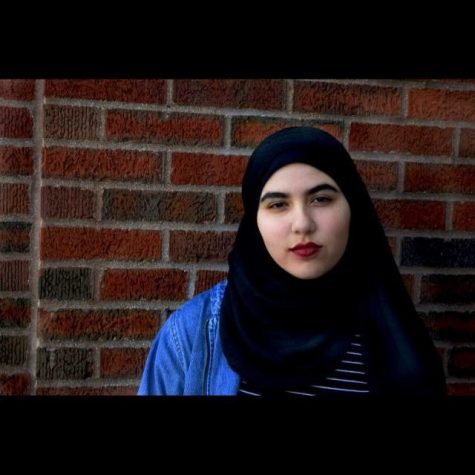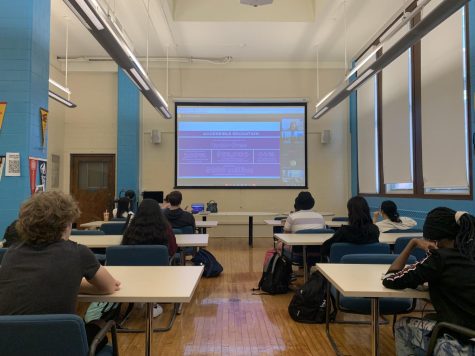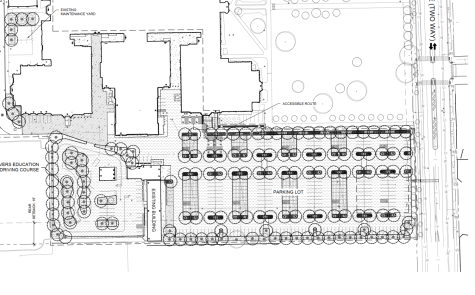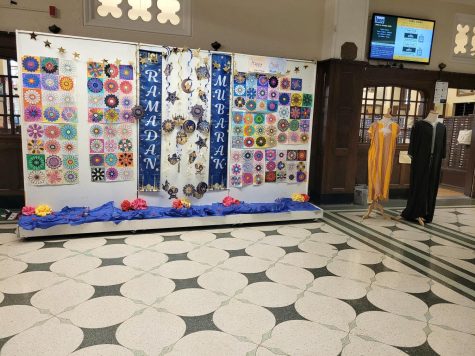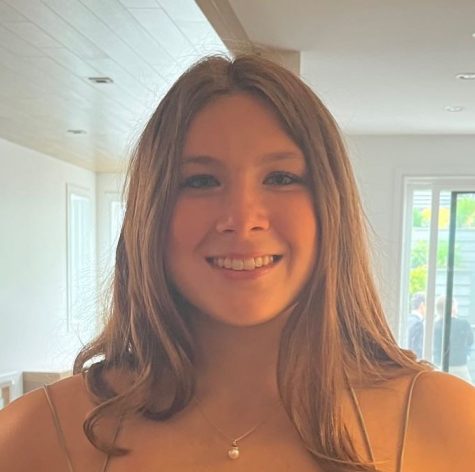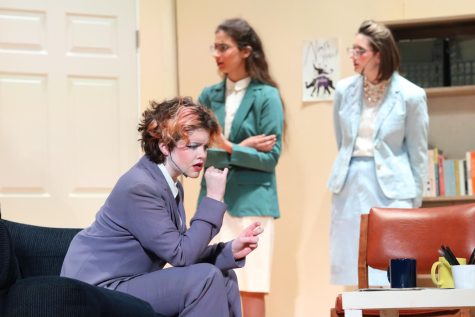March on Chicago displays female pioneers of the future
Billie Murray, Div. 777, holds handmade sign high.
February 14, 2017
Squeezed into the compartment of a Red Line train among a sea of pink pussy hats and glitter covered posters, Chicago witnessed the harmony of generations of outspoken and determined women ready to march. As multiple women carried signs depicting women of all colors, a middle aged woman of fifty shouted, “This is the most exciting thing I’ve done since giving birth!”
About 250,000 marchers congregated at Millennium Park Jan. 21, making it one of the biggest marches in Chicago’s history, according to DNAInfo. Marchers walked through the streets of downtown Chicago to Daley Plaza, before finally dispersing to continue to march by the Trump Tower, while others looped back to the starting point.
Young girls, grey haired grandparents, and energized teenagers proudly held signs that read, “Love Trump’s Hate” and “MY body MY choice.”
“It was empowering to be surrounded by people of all colors with the same agenda however what everyone does after is the most important,” said Asia Lam, Div. 872.
Young children were actively participating in the march. They were sporting handmade posters while being pushed in strollers, and holding their parents’ hands while marching. Among them included Lane’s Women in Literature teacher, Ms. Feuer, whose students joined with the Lane Tech Organization of Womyn (LTOW) to show support for the march.
Carrying her two toddlers, Feuer said, “My experience was fantastic! It was validating and energizing and such a great reminder of the amount of people out there who are concerned about social justice. I’ve been to rallies big and small and became politically active in college, but I’ve never been to anything this huge.”
Despite the diversity of women of all shapes, colors and sizes, the same universal mission was clear: to connect, protect, and activate for women’s rights, civil liberties, and diverse issues.
Lane students represented the strength and passion of women and the need for open acceptance by marching alongside teachers, students and families. Students’ posters and chants described their goals of making immigrants feel safe and protected, eliminating the superficial beauty standards of women, and emphasizing the Islamic headscarf as a source of freedom instead of oppression.
“This is a perfect example of the feminist slogan ‘the personal is political,’ Politics and personal experiences are not separate things! The march and even social activism is not just about the economy, but the way the economy impacts my family and my community,” Feuer said. “People came out and spoke about how this is affecting my friends, my family, the people around me, and the need for safety for all beliefs. And people’s efforts to speak out is what impacts the decisions and experiences of the future.”
Sabrina Lopez, co-founder of the LTOW, also echoed optimism for the changing future and pride for her fellow peers at the march.
Lopez, Div. 751, mentioned the lasting outcome of the march on Chicago as a whole. She said, “The march was not only women-centered, but definitely showed unbreakable support for immigrants and minorities and offered a chance for women to voice the needs of minorities who aren’t as privileged or whose concerns aren’t normally addressed.”
The march lasted about four hours and featured keynote speakers that not only presented the ideals of a “nasty woman,” but have served as activists, politicians, and community leaders for years. Trump’s description of opponent Hillary Clinton during a televised presidential opponent as a “nasty woman” has sparked a political slogan that is used now to empower women who are strong and outspoken.
“Hamilton” members serenaded the crowd by singing the Beatles’ “Let it Be.” Actor, writer, and producer Fawzia Mirza spoke about her experiences as a Pakistani Muslim woman and the power of intersectionality within feminism to bring people closer together. Certain aldermen were also selected for the program including Alderman Michele Smith (43rd Ward), Susan Garza (10th Ward), and Pat Dowell (3rd Ward).
“I marched with strong women, all females that wanted to make their voice heard,” Lam said. “We marched for our reproductive rights, equality, and to let the Trump administration know that we will not tolerate the abuse of marginalized communities.”
The march was not only a moment of accomplishment for Lane due to the vast amount of students who attended, but a moment of positivity relieving some of the racist and discriminatory experiences both within the school and in the media.
“We can stand confident that despite having a racist and sexist president, even the most discriminated of us all will defend everyone, like ‘one for all’ and ‘all for one,’” Billie Murray, Div. 777, said.
Marches and peaceful gatherings are incredibly powerful due to the media coverage, and the immense amount of women indicates the need for more support from local neighborhoods and higher levels of power.
In the aftermath of some of President Trump’s proposals concerning the prohibition of abortion, as well as the continuation of the construction of the North Dakota pipeline as well as the recent “Muslim ban”, many are emphasizing the need to continue to make a difference.
“What everyone does after is the most important,” Lam said. ”I hope that people will continue to fight back after the march and not let the dreams of freedom die.”

